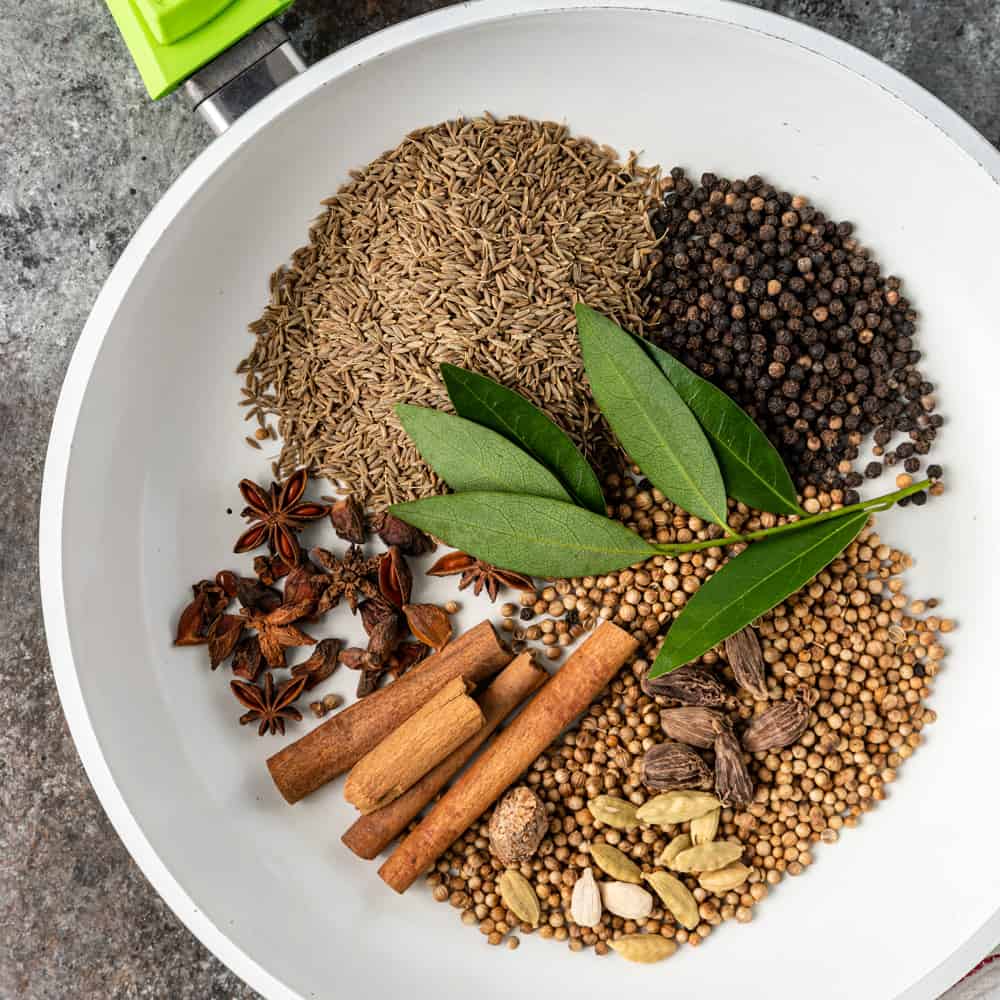Cinnamon, with its warm and enticing aroma, is a beloved spice that has been enchanting our senses for centuries. Its sweet, woody flavor has made it a cherished ingredient in kitchens around the world. Yet, behind this fragrant spice lies a fascinating journey, from the cultivation of its source to the aromatic powder that graces our dishes. In this article, we’ll embark on a flavorful exploration of cinnamon, tracing its journey from seed to spice.
The Cinnamon Tree: Aromatic Beginnings
Cinnamon, scientifically known as Cinnamomic velum or Cinnamomic cassia, is obtained from the bark of cinnamon trees. These trees are native to regions with tropical climates, such as Sri Lanka, Indonesia, and India. The cinnamon tree begins its life as a small seedling, often taking several years to reach maturity. Once mature, it’s time for the harvest.
Harvesting Cinnamon Bark: A Delicate Art
The process of harvesting cinnamon involves stripping the bark from the tree’s branches. Skilled harvesters carefully select branches, making sure not to harm the tree’s health. They skillfully remove the outer bark, revealing the smooth, fragrant inner layer. This inner bark is then meticulously peeled away in thin strips, which will eventually become the cinnamon sticks we recognize.
Sun-Drying and Curling: Transforming Bark into Quills
After the bark is peeled, it is left to dry in the sun. As the strips of bark dry, they naturally curl into the characteristic quills or “sticks” of cinnamon. The sun-drying process not only enhances the flavor but also deepens the spice’s reddish-brown color.
Two Varieties of Cinnamon: Ceylon and Cassia
There are two primary types of cinnamon available in the market: Ceylon and cassia. Ceylon cinnamon, often referred to as “true cinnamon,” is known for its delicate, sweet flavor and is considered the premium variety. Cassia cinnamon, on the other hand, is more widely available and has a stronger, spicier taste. The choice between the two depends on personal preference and the culinary application.
Processing and Packaging: Bringing Cinnamon to Your Kitchen
Once the cinnamon bark is dried and curled into quills, it undergoes various stages of processing, including grinding and packaging. Ground cinnamon is a versatile form of the spice, ideal for baking, desserts, and spice blends. Cinnamon sticks, or quills, are perfect for infusing flavor into beverages like mulled wine and tea.
The Culinary Magic of Cinnamon
Cinnamon’s journey doesn’t end with packaging; it truly begins when you use it in your kitchen. This spice adds warmth and depth of flavor to a wide range of dishes, from sweet desserts like cinnamon rolls to savory recipes like Moroccan tagines. Its versatility knows no bounds, making it a staple in cuisines worldwide.
Conclusion
The journey of cinnamon, from seed to spice, is a testament to the dedication and craftsmanship of those who cultivate and process this aromatic treasure. It’s not just a spice; it’s a story of tradition, flavor, and the warmth it brings to our culinary creations. The next time you sprinkle cinnamon onto your oatmeal or stir it into your curry, take a moment to appreciate the journey this spice has made, from the lush fields where it grows to the tantalizing aroma it imparts to your dishes.


Cool + for the post